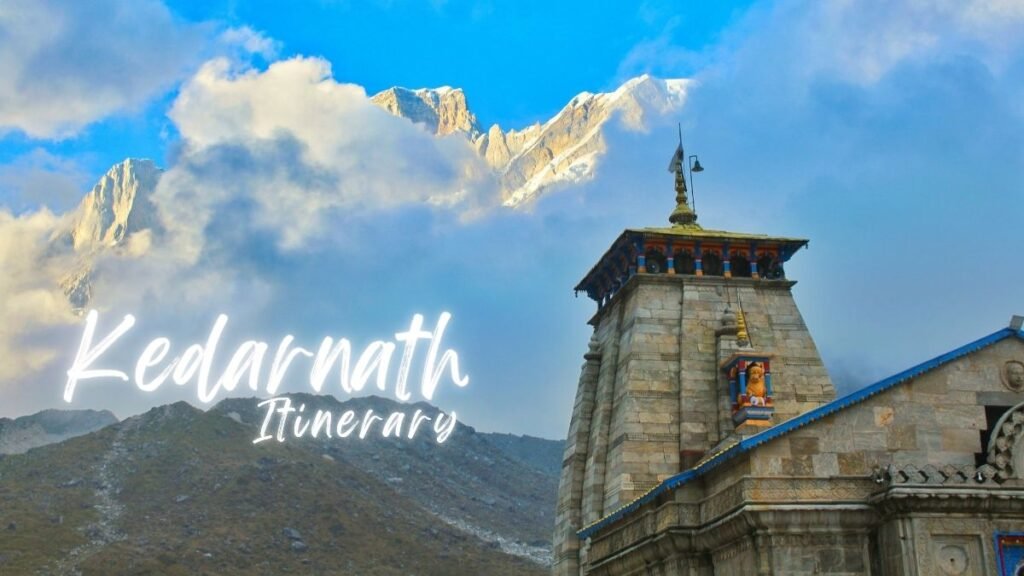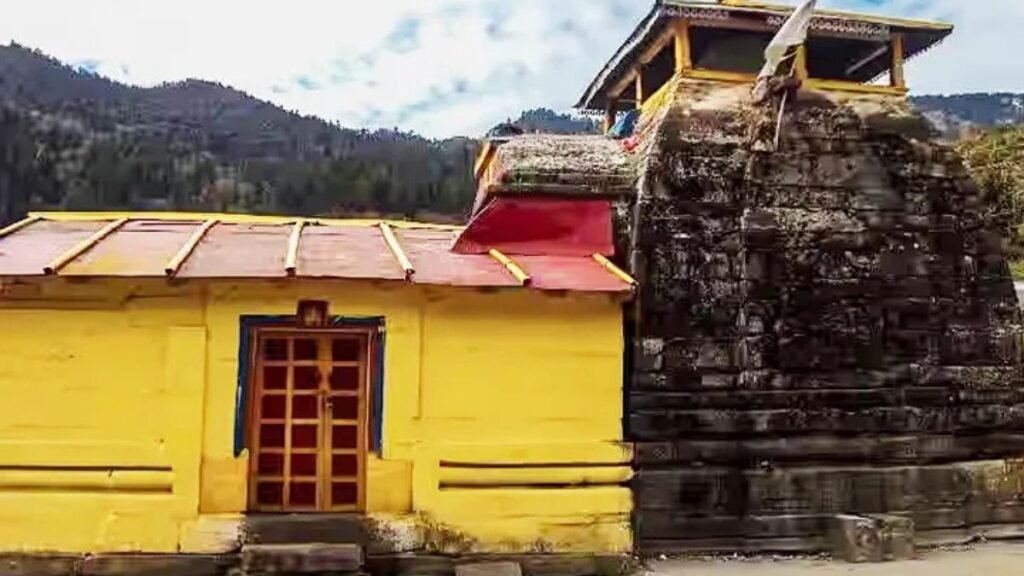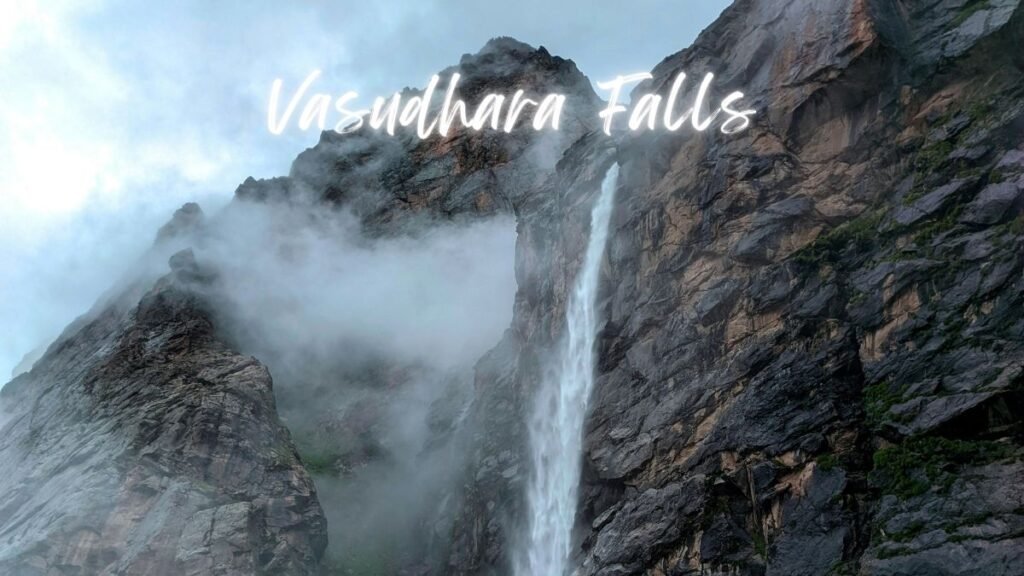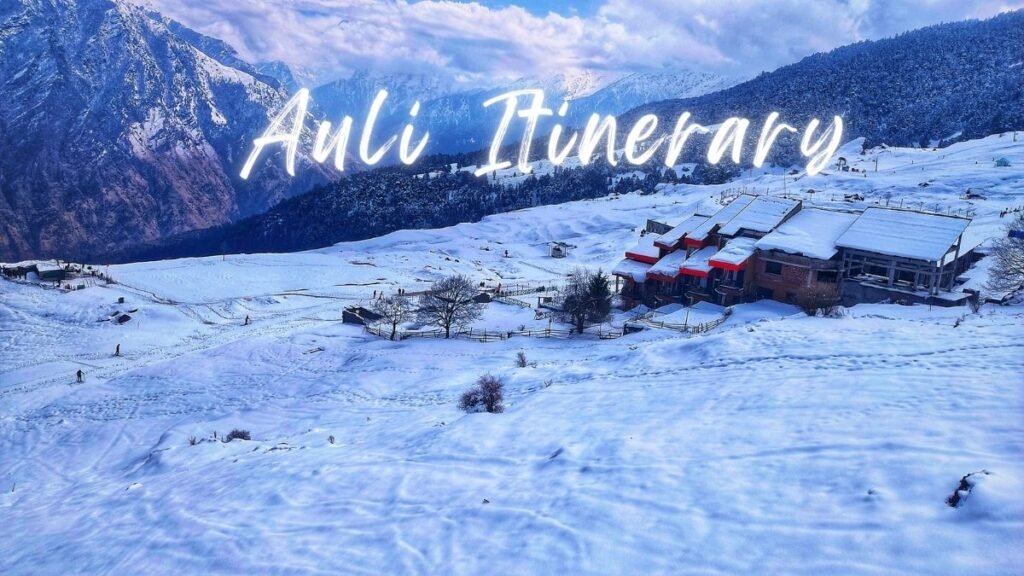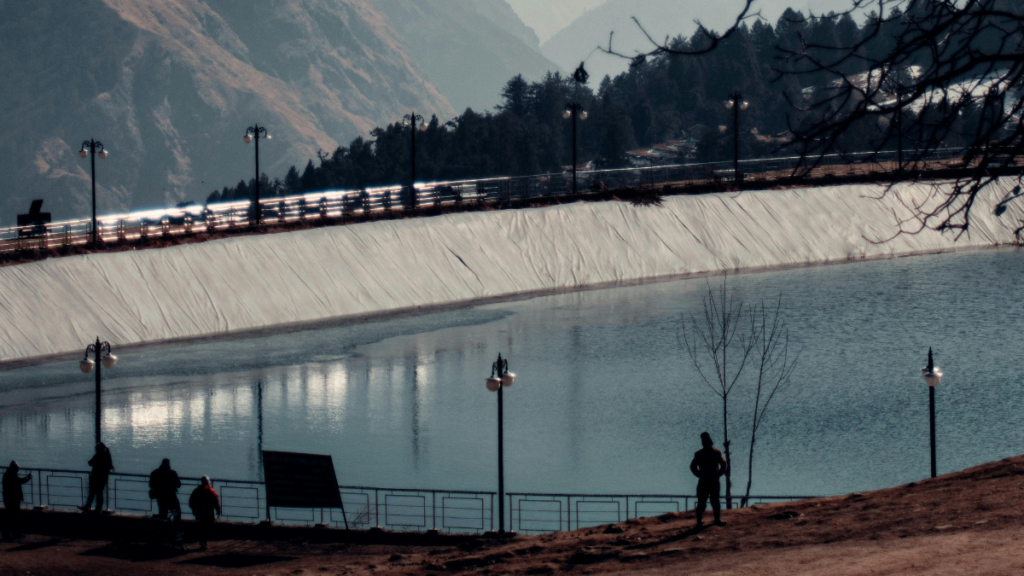Garhwal Division, in the heart of Uttarakhand, India, is a remarkable region with towering mountains, flowing rivers, and a deep spiritual heritage. Bordering Tibet to the north, Himachal Pradesh to the west, and the Kumaon Division to the east, it holds both geographical and cultural significance. This division is made up of seven districts.
Garhwal is famous for its stunning scenery, spanning from the snowy Himalayan peaks to green valleys that are home to sacred sites like Kedarnath and Badrinath. Alongside its natural beauty, Garhwal preserves a rich cultural history with traditions and stories passed down for generations.

History and the Garhwal Division
Garhwal has a history that goes back over a thousand years, woven with stories from Hindu mythology. Known as “Kedarkhand” in ancient texts, it was seen as a land of gods and sages, drawing many holy men who came here to meditate. This spiritual heritage can be seen in its ancient temples dedicated to gods like Shiva and Vishnu, especially in famous sites like Badrinath and Kedarnath, making Garhwal a major pilgrimage spot.
The Garhwal Kingdom began in the 9th century with Raja Kanak Pal, who founded the Panwar dynasty and brought together many small territories. His descendant, Raja Ajay Pal, expanded the kingdom in the 14th century, bringing more areas under one rule and making Srinagar the capital. During this time, Garhwal became well-known for its art, music, and architecture, and its location along pilgrimage routes boosted its cultural importance. But in the early 19th century, the kingdom faced a big challenge when the Gorkhas invaded. After years of conflict, British forces intervened and ended Gorkha control in 1815.
Under British rule, Western Garhwal was taken over, while Eastern Garhwal (Tehri) kept some independence until India gained freedom. After independence, Garhwal joined Uttar Pradesh and later became part of the newly formed state of Uttarakhand in 2000.


Districts of Garhwal
| District | Population (2011) | District Code |
|---|---|---|
| Chamoli | 391,605 | CH |
| Dehradun | 1,696,694 | DDN |
| Haridwar | 1,890,422 | HW |
| Pauri Garhwal | 686,527 | PGR |
| Rudraprayag | 236,857 | RPG |
| Tehri Garhwal | 618,931 | TGR |
| Uttarkashi | 330,086 | Uki |
Cultural Heritage
Garhwal’s cultural heritage is deeply rooted in its history, shaped by the legacy of the Garhwal Kingdom. The region is known for its strong connection to the sacred Himalayas, which influences the daily lives, art, and folklore of its people. Folk music and dance are vital aspects of Garhwali culture, with unique traditions like Jagar, a form of singing to invoke ancestral spirits, and Pandav Nritya, which reenacts tales from the Mahabharata, especially highlighting the bravery of the Pandavas. Traditional clothing also showcases the region’s identity, with men typically wearing Kurta-Pajama and women donning colorful Ghagras and Odhnis, complemented by intricate jewelry symbolizing beauty and status.
Festivals
The Garhwal Division hosts several unique festivals that are important to its culture and draw visitors eager to experience its spiritual atmosphere.
- Harela: Celebrated primarily in July, marking the beginning of the monsoon season. During this festival, people plant seeds in small baskets, and once the seeds sprout, the green shoots are shared among family members as a blessing.
- Ganga Dussehra: Dedicated to the Ganges River and is observed in Haridwar, one of the holiest locations in Garhwal. Pilgrims bathe in the river for purification and perform rituals to show their respect for the river.
- Diwali and Kumaoni Holi: Diwali in Garhwal is observed with traditional Jagar singing, where people worship ancestors, along with lighting lamps and sharing sweets. Kumaoni Holi, a special version of Holi in Garhwal, includes folk songs and dances, adding a distinctive flavor to the celebration.
- Bissu Mela: Bissu, takes place in Chakrata and is a harvest festival where locals celebrate with music, dance, and traditional Garhwali dishes. This festival expresses gratitude for a successful harvest and good fortune.
- Kandali Festival: Celebrated every twelve years by the Rung tribe. This cultural event marks their historical victory over an invading army by uprooting and destroying the poisonous Kandali plant, which blooms only once every twelve years.
Languages
In the Garhwal Division of Uttarakhand, the primary languages spoken are Garhwali and Hindi. Garhwali, an Indo-Aryan language, is widely spoken in the region and represents a significant part of the local heritage and identity. It is especially prevalent in the hilly and rural areas of Garhwal, where it serves as a first language for many residents. In urban centers, Hindi tends to be more common, functioning as the main language for communication, education, and official purposes.
In addition to Garhwali and Hindi, the region also has speakers of Jaunsari, a language spoken by the Jaunsari community primarily in the Jaunsar-Bawar region. Each of these languages contributes to the unique cultural diversity of the Garhwal Division, reflecting the historical influences and ethnic mix that characterize Uttarakhand overall.
Related Posts from Garhwal Division
Kedarnath Itinerary: Route, Cost, Best Time to Visit, and Complete Travel Guide | VU
Planning a trip to Kedarnath is not just about visiting a temple; it…
Valley of Flowers Trek Itinerary 2025 – The Only Plan You’ll Ever Need! | Visit Uttarakhand
There’s something magical about walking through a valley full of colorful flowers blooming…
Dhyan Badri Temple: How to Reach, Timing, History, Complete Travel Guide
In Uttarakhand, Dhyan Badri Temple is a sacred site and a key part…
Nelong Valley: Permit, How to Reach, Best Time to Visit and Complete Travel Guide | Visit Uttarakhand
Located in the Uttarkashi district of Uttarakhand, Nelong Valley is a hidden treasure…
Vasudhara Falls Trek: Story, How to Reach, Complete Travel Guide
Vasudhara Falls is a magnificent waterfall in the Garhwal Himalayas, near Badrinath, known…
11 Best-Rated Hotels in Haridwar Near Har Ki Pauri for Pilgrims
Haridwar, located at the foothills of the Himalayas, is a major pilgrimage site…
Kuari Pass Trek: Route, Itinerary, Best Time to Visit, and Complete Travel Guide
The Kuari Pass Trek is one of the most enchanting treks in the…
How to Travel from Rishikesh to Mussoorie: Your Ultimate Guide to Distance, Fare, and Travel Tips
Rishikesh and Mussoorie are two of Uttarakhand’s top destinations, offering a wonderful blend…
Auli Itinerary for 3 Days: How to Experience Snow Paradise Like a Pro | Visit Uttarakhand
Auli, located in the beautiful Uttarakhand Himalayas, is a stunning snow-covered destination. Known…
Dhari Devi Temple, Uttarakhand: How to Reach, Timing, History, Complete Travel Guide
Dhari Devi Temple Uttarakhand is a famous Hindu temple located on the banks…
Visit Harsil Valley: How to Reach, Near Hotels, Best Time | Complete Travel Guide
Harsil Valley is in Uttarakhand, India, in a place called Uttarkashi district. People…
Discover the Best Wedding Resorts in Rishikesh for a Dream Celebration
Rishikesh, known as the ‘Yoga Capital of the World,’ is much more than…
How to Travel from Delhi to Harsil: Your Ultimate Guide to Distance, Fare, and Travel Tips
Harsil is known for its stunning landscapes, peaceful atmosphere, and its close location…
How to Reach Tehri Dam Easily: Water Activities, Price, Stay, and Complete Travel Guide
Thinking about a peaceful getaway to Uttarakhand? Tehri Dam is a stunning spot…
Chopta Itinerary for 2 Days: A Quick Guide for First-Time Visitors
Chopta offers stunning views, peaceful landscapes, and a unique chance to connect with…
Mussoorie Itinerary for 3 Days: A Quick Guide for First-Time Visitors
Start your day with the refreshing mountain air, surrounded by green valleys and…
Mahasu Devta Temple, Hanol: How to Reach, Timing, History, Complete Travel Guide
Mahasu Devta Temple in Hanol is a well-known holy place with a deep…
Surkanda Devi Temple, Dhanaulti: How to Reach, Timing, History, Complete Travel Guide
Tucked away in the mystical landscapes of Uttarakhand, the Surkanda Devi Temple, Dhanaulti…
How to Travel from Delhi to Auli: Your Ultimate Guide to Distance, Fare, and Travel Tips
Auli is a beautiful hill station in Uttarakhand, known for its green landscapes…
10 Best Vegetarian Restaurants in Rishikesh That Foodies Will Love
Many people ask about the Best Vegetarian Restaurants in Rishikesh, and it’s no…

